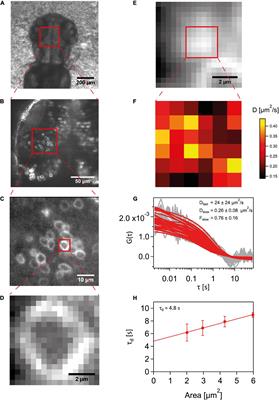EDITORIAL
Published on 25 Oct 2021
Editorial: Wnt Signaling at the Plasma Membrane: Activation, Regulation and Disease Connection
doi 10.3389/fcell.2021.780163
- 785 views
- 3 citations
28k
Total downloads
115k
Total views and downloads
EDITORIAL
Published on 25 Oct 2021
REVIEW
Published on 13 Sep 2021

REVIEW
Published on 09 Sep 2021

BRIEF RESEARCH REPORT
Published on 18 Aug 2021

ORIGINAL RESEARCH
Published on 11 Aug 2021

REVIEW
Published on 03 Aug 2021

REVIEW
Published on 23 Jul 2021

CORRECTION
Published on 23 Jul 2021
ORIGINAL RESEARCH
Published on 26 May 2021

REVIEW
Published on 06 May 2021

ORIGINAL RESEARCH
Published on 28 Apr 2021

MINI REVIEW
Published on 28 Apr 2021
